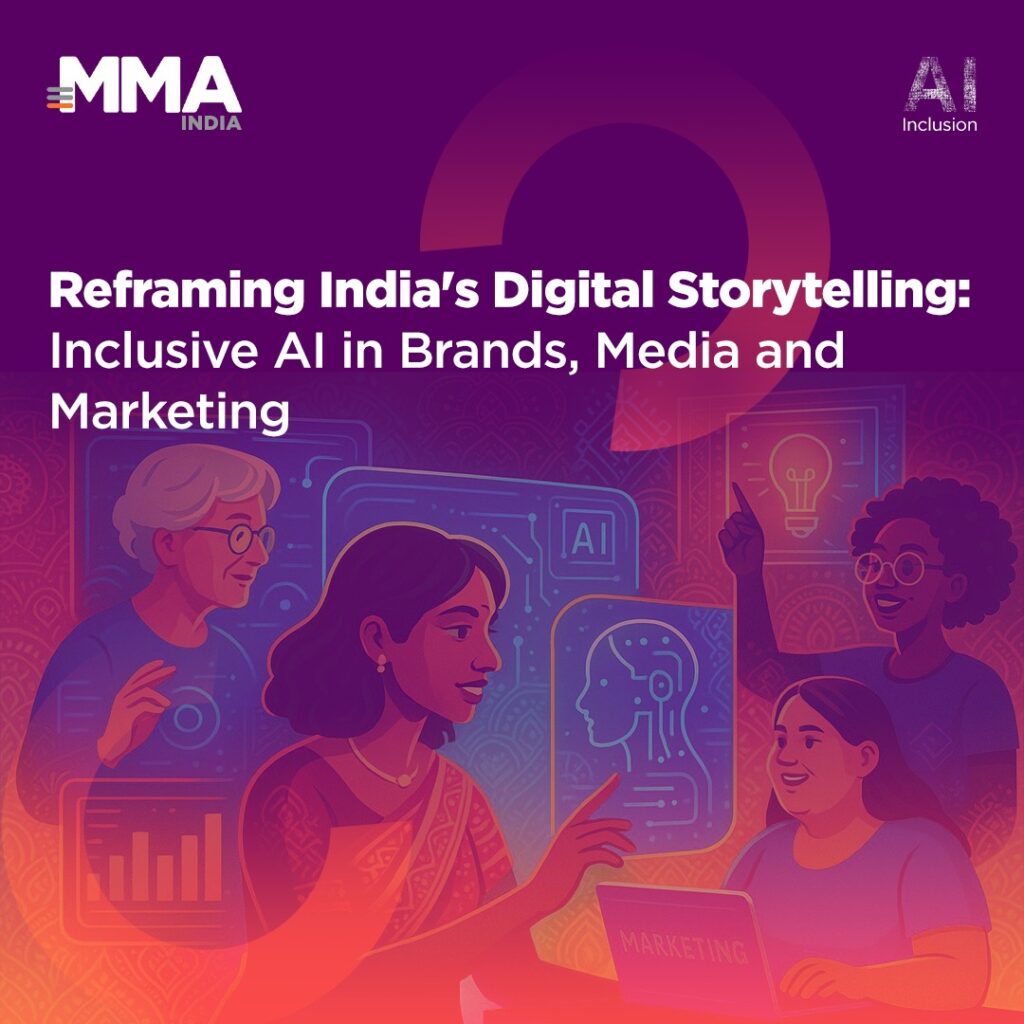
Imagine flipping through your favorite channels and finding TV shows with the ads that feel like they were picked just for you. That’s the magic of TV Sync today. Thanks to the incredible integration of Artificial Intelligence (AI) and Machine Learning (ML), It’s not just a screen; it’s a personalized experience.
These technologies are transforming how we watch and interact with content, making it smarter and more relevant. In this article, we’ll dive into how AI and ML are reshaping TV Sync preferences and what that means for brands and advertisers.

TV only or TV Sync?
TV Sync, which encompasses smart TVs and devices that connect traditional TVs to the internet, has revolutionized the viewing experience. Unlike traditional TV, TV Sync allows for a more personalized and interactive experience, driven by the vast amounts of data generated by viewers’ interactions.
According to the research from Nielsen, the effectiveness of TV spendings increased by 58% with the use of TV Sync, since the viewers actively use mobile devices during the commercial breaks.[1]

Graph I: <TV vs. Connected TV: Impact on Brand and Purchase Decisions>, Nielsen Data
AI and Machine Learning: The Game Changers
AI and ML technologies are at the forefront of this revolution, enabling a deeper understanding of viewer behavior and preferences. By analyzing vast datasets, these technologies can predict and recommend content that aligns with individual tastes, creating a tailored viewing experience that traditional TV simply cannot match. This is particularly valuable in a diverse market like Indonesia, where cultural and regional differences can significantly impact consumer behavior.

Unique Insights for Marketers in Indonesia
- Cultural Relevance: AI and ML can help marketers understand and cater to the diverse cultural preferences across Indonesia’s regions. By analyzing viewing habits, marketers can tailor content that resonates with local audiences, ensuring higher engagement and relevance.[2]
- Optimized Ad Spend: With real-time data analysis, marketers can optimize their ad spend by targeting the most relevant audiences at the most opportune times. This not only improves ROI but also reduces wasted ad spend on uninterested viewers.[3]
- Enhanced Viewer Experience: Personalized content delivery ensures that viewers receive recommendations that align with their interests, leading to a more enjoyable viewing experience. This increased viewer satisfaction can translate to longer viewing times and higher engagement with ads.[4]
- Cross-Platform Consistency: By integrating AI and ML across TV Sync and other digital platforms, marketers can ensure a consistent and cohesive brand message. This cross-platform integration helps build stronger brand recognition and loyalty.[5]
Real-Time Data Analysis and Personalization

To exemplify the practical application of AI and ML, advanced servers track and analyze IPTV signals in real time. This TV Sync technologies ensure the content broadcasted aligns with benchmarks and viewer preferences, ensuring that the right content reaches the right audience at the right time.
The signal indicating the start of a TV spot is seamlessly translated to Hybrid’s Data Management Platform (DMP), ensuring that advertisers can make data-driven decisions quickly, enhancing the effectiveness of their campaigns.
Possible Communication Scenarios
- Scenario 1:
- When a brand’s TV spot goes live, the system initiates the TV syncing process.
- A digital campaign through Hybrid DSP is launched simultaneously.
- This synchronization creates a synergy effect, enhancing the impact of both TV and digital channels.
- Scenario 2:
- When a competitor’s TV spot goes live, Hybrid’s technology starts the TV syncing process.
- A digital campaign through Hybrid DSP is launched.
- This strategy allows a brand to build a strong online association, leveraging the competitor’s TV presence to strengthen its own brand recognition and engagement online.

The Future of TV Ads with AI and ML
The integration of AI and ML in TV Sync is still in its early stages, and the potential for further innovation is immense. As these technologies continue to evolve, we can expect even more sophisticated methods for content personalization and ad targeting.
[1] The Nielsen Company, “Amid the fragmented TV landscape, time spent with content is the best planning data there is”, January, 2024.
[2] Ibid.
[3] Hybrid, “Hybrid TV Sync”
[4] Gandharv Sachdeva, “Dynamic creative optimisation: Leveraging machine learning for tailored ad content”, Hybrid, Financial Express, May 24, 2024.
[5] Gandharv Sachdeva, “The evolution of AI-powered advertising: From targeting to personalisation”, Hybrid, Indian Television, April 26, 2024.



















